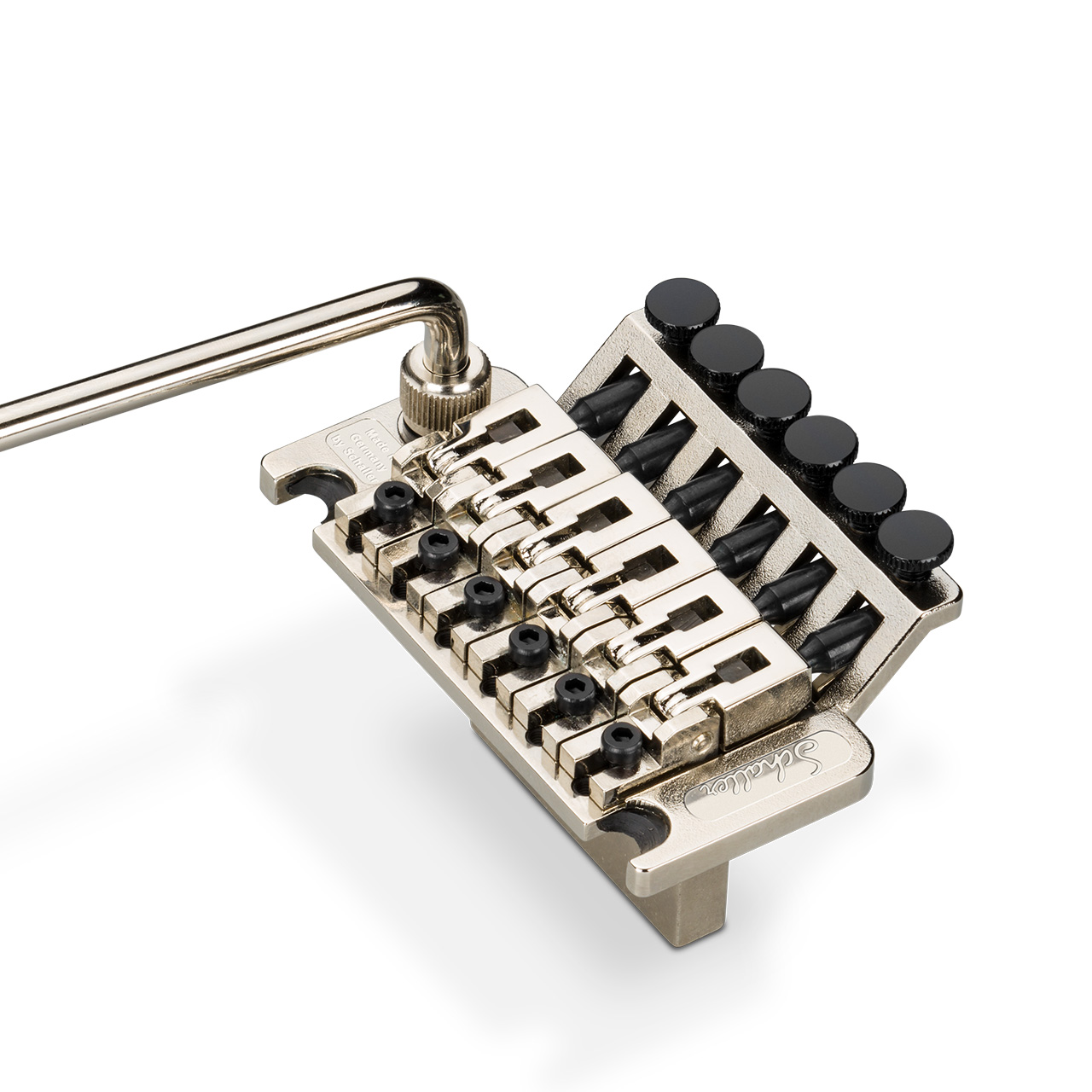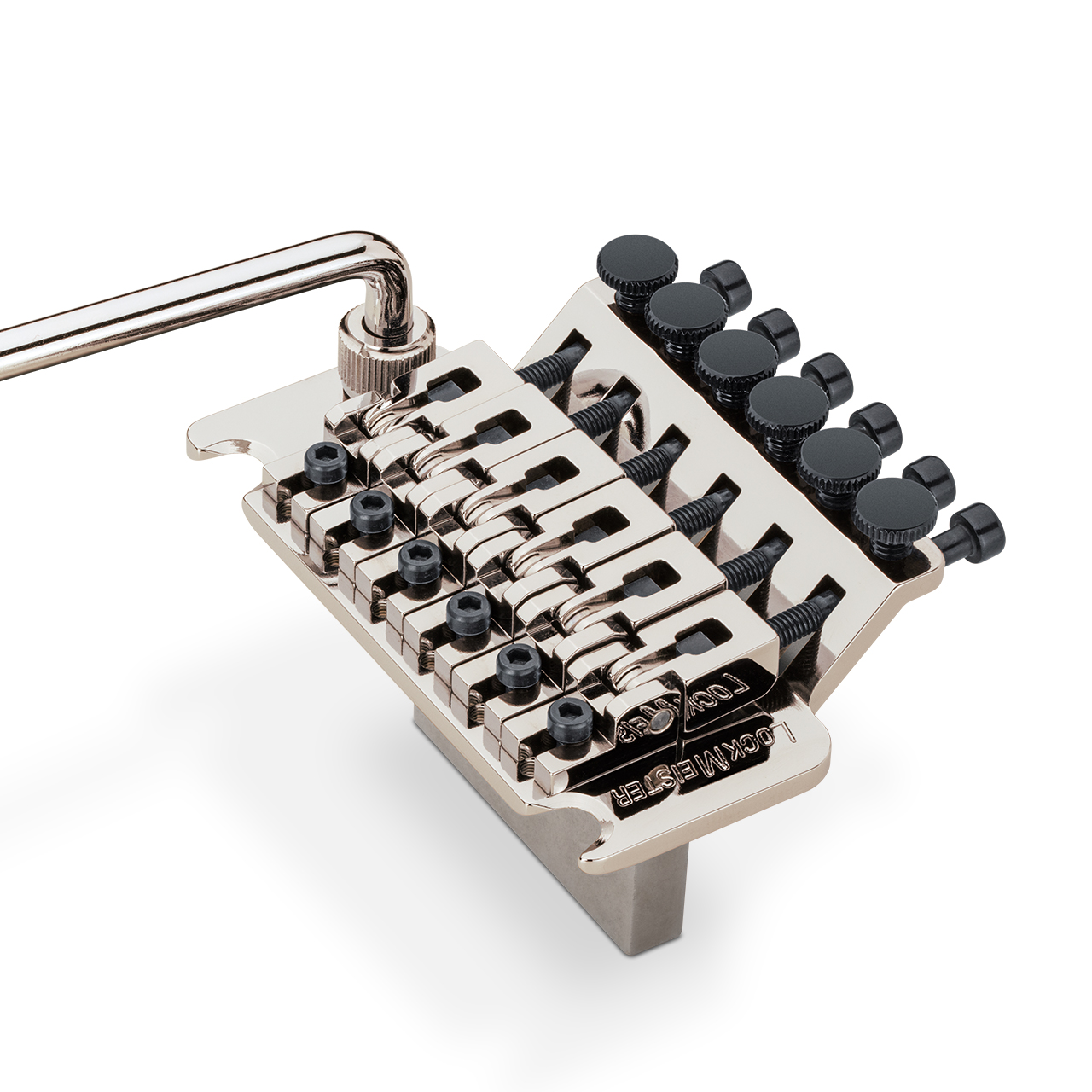Spaced Out Ace
Shredder
- Messages
- 1,260
So I just got an Ltd M-1 Custom 87 Series with a Floyd Rose 1000. Seems decent enough, though I am experiencing one issue. When I dive, it returns flat, and vice versa when I pull the bar up to raise the pitch. It seems to do so by the same amount. I've eyeballed it, but it seems to be that the high E side of the bridge is slightly closer to the body (perhaps 1/32"). Reading online (mostly a few threads on Reddit), it seems like this might be the issue.
This is my second guitar with a Floyd Rose, though the one I had over 15 years ago doesn't really count as I didn't use it for divebombs, raising the pitch, etc. Can anyone here with Floyd Rose expertise let me know if this is possibly the issue?
Just to note, I haven't set it up properly yet, as I am getting some stuff from FU Tone to upgrade the block, etc.
Also, second note, I realize ethat you watn to adjust the height of the bridge with the tension from the springs/strings off so you don't wear out the knife edge or create an indentation in the post.
This is my second guitar with a Floyd Rose, though the one I had over 15 years ago doesn't really count as I didn't use it for divebombs, raising the pitch, etc. Can anyone here with Floyd Rose expertise let me know if this is possibly the issue?
Just to note, I haven't set it up properly yet, as I am getting some stuff from FU Tone to upgrade the block, etc.
Also, second note, I realize ethat you watn to adjust the height of the bridge with the tension from the springs/strings off so you don't wear out the knife edge or create an indentation in the post.



